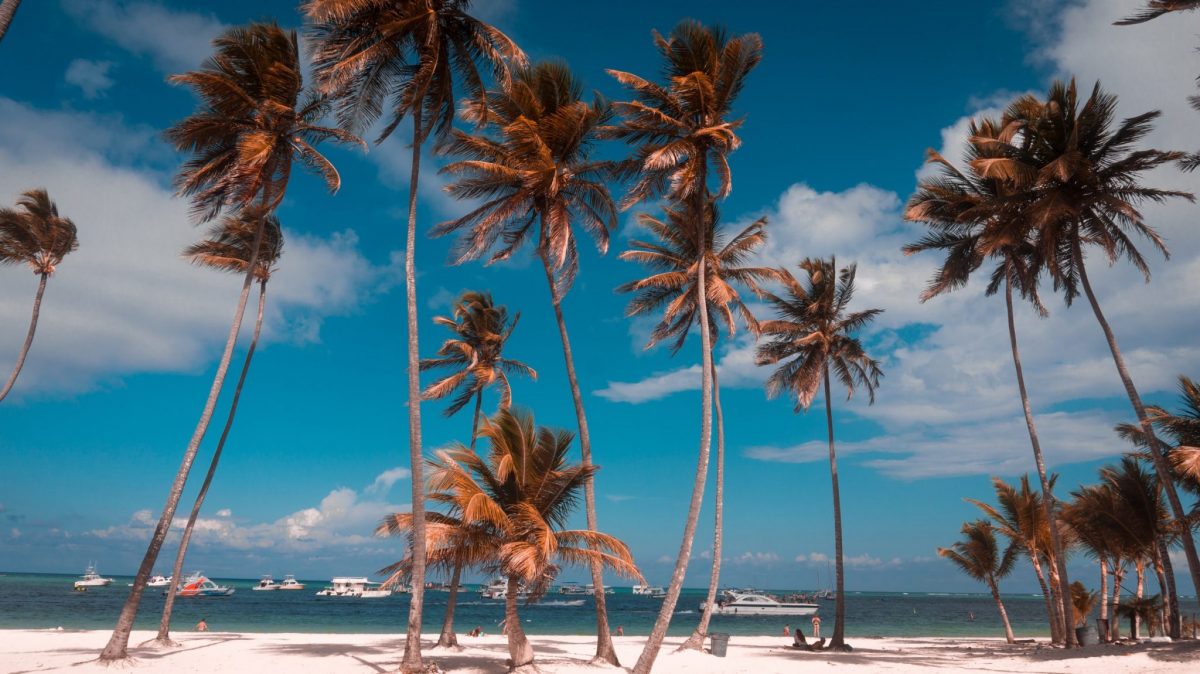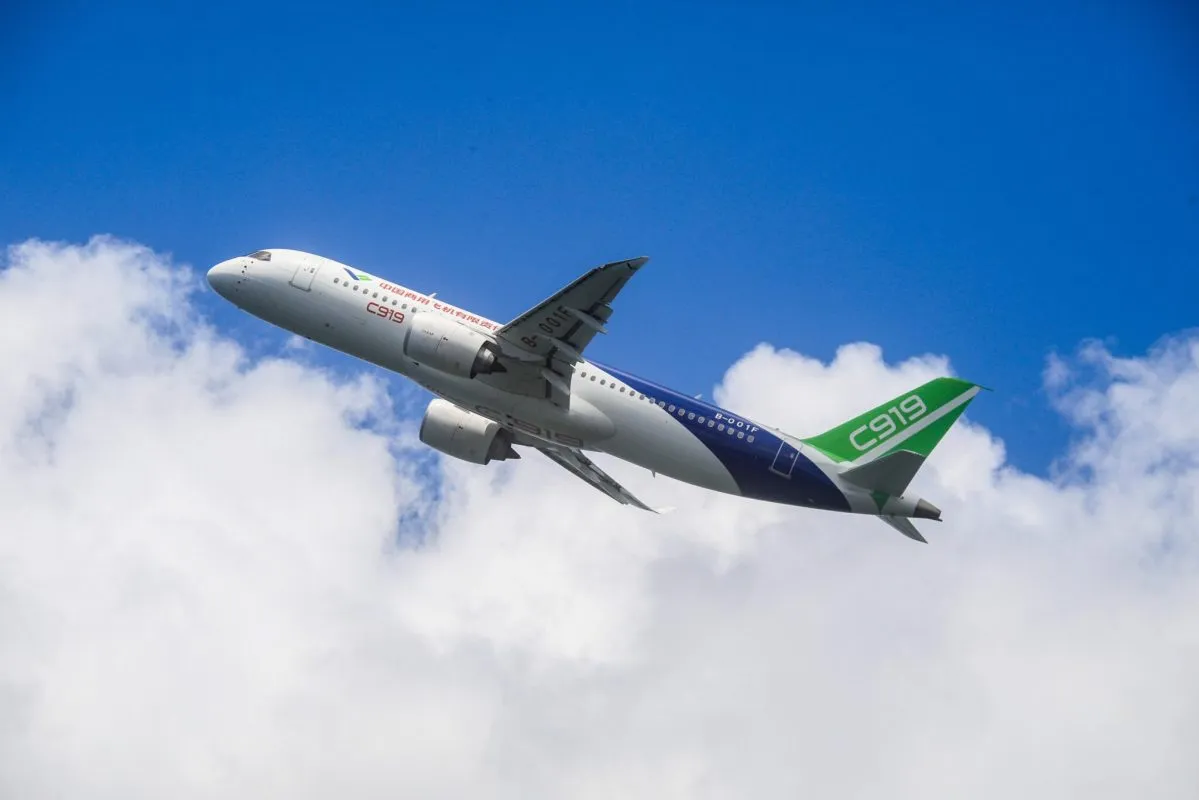The Impact of Missing Russia and Ukraine Outbound Tourists

Skift Take
Ukraine Coverage
Skift’s reporters and editors are working to explain how the war on Ukraine is impacting travel. All of our stories about the subject are free for all readers.With Russia’s airspace closed to over 30 destinations and the ongoing war on Ukraine, it’s clear that the prolonged absence of travelers from these two destinations will be felt well beyond Europe.
In 2019 alone, Russian travelers took over 40 million trips, making up one of the fastest growing outbound markets as the sixth highest international visitor spending globally and an increasingly resilient market for beach destinations such as Turkey, Cyprus and India.
Of course, it's still too early to say just how much it will pinch these destinations but the loss of those tourists when a recovery is just getting started will be a setback.
When the pandemic upended travel for more than a year, Russian and Ukrainian travelers were among the few who fearlessly explored as soon as destinations reopened to them and eased entry. This meant heading farther afield for a handful of less likely warm weather destinations outside of Europe.
Some were pre-pandemic favorites such as the Dominican Republic, Goa and Egypt, while others were newer in interest, such as the United Arab Emirates, Tanzania, and the Maldives.
These tourism economies were banking this year on the ongoing rush of Russian as well as the growing number of Ukrainian visitors to their shores. For most, it was a promise of speedier recovery in a shaky post-pandemic travel landscape.
But now that both the Russian and Ukrainian outbound markets have stopped, just how much impact will there be for these beach destinations? And how are some pivoting to soften the blow as tourism once again bears the brunt of an expected crisis with global repercussions?
Two Rising Source Markets
There was indeed good reason to be optimistic about the increased flow of Russian and Ukrainian travelers this year.
By the close of 2021, Russian travelers had become the primary European source market for unexpected destinations such as the Dominican Republic, while Ukraine placed fifth. A total of 183,700 Russians visited the Caribbean nation in 2021, reaching 85 percent of pre-pandemic levels. That’s not counting the more than 89,000 Ukrainians or a record 150 percent increase over 2019, according to data by the Central Bank of the Dominican Republic.
The momentum continued as recently as January with near 63,000 arrivals from the two countries, and February was expected to soar further when the Dominican Republic became the first country in the Caribbean to lift all in-country pandemic rules for a return to normalcy. But those numbers vanished overnight.
“We were in shock when we saw the news about the war, and now we don’t have any job,” said Aleksander Karpetsky, CEO of Dominicana Pro, a tour agency bringing in Russian and Ukrainian travelers to the DR. “We have about 50 people working in our company, and we were handling about 6,000 people each month.”
Karpetsky, who is originally from Russia and married to a Ukrainian, has lived in the Dominican Republic for 17 years, allowing him to witness the meteoric rise of Russian and Ukrainian travelers heading to Punta Cana.
“It was a huge amount of people and our employees that work with us, they lost their jobs and it's difficult to find a job right now for them because the high season has already passed and nobody's looking for new workers and our workers were dedicated to Ukrainian and Russian markets so nobody needs them,” said Karpetsky.
Russian and Ukrainian tourists tended to stay for at least two weeks in resorts, sometimes longer, thus spending more than the average visitor from Latin America or the Caribbean.
Skift reached out to the Dominican Republic Ministry of Tourism about the potential blow from no outbound Russian or Ukrainian visitors, but did not hear back in time.
Russia similarly ranked as the second source market for the Maldives in 2021, and the number of Ukrainian travelers was also increasing. “With changes to the Russian financial situation, the value of their currency has significantly dropped; therefore, it will be very expensive for a person who wishes to travel to Maldives,” said Abdulla Mausoom, tourism minister for the Maldives, according to local news, adding that he hopes Chinese travelers will return within this year.
The Maldives were seeing a huge surge of 142 percent in bookings for January and February 2022, outbound Russian travel, and was the only destination to experience an increase in Russian arrivals compared to 2019, according to ForwardKeys, as a result of marketing partnerships with leading Russian tourism-related groups, including travel agents and travel television channels.
For the United Arab Emirates, Russian travelers were the second largest source market, while Tanzania was also enjoying their increased arrival in 2021, particularly at Zanzibar’s affordable resorts. Optimism was high that their numbers would increase this year for both Tanzania and UAE.
Then there’s Egypt, whose long popular seaside resort destinations Sharm el-Sheikh and Hourghada had started receiving Russian tourists again when air travel resumed between Russia and Egypt in summer 2021 after a six-year hiatus. But also Ukranians had also begun flocking there.
“Egypt has seen more Ukrainian arrivals since the doors opened at the end of June last year; they saw an influx of Ukrainians versus the usual influx of Russians,” said Kenneth Vasquez Laya, Director of Egypt Tourism USA.
Close to 1.5 million Ukrainian tourists visited Egypt in 2021, according to the Ukraine State Agency for Tourism, becoming one of the most visited destination for Ukrainians after Turkey, the majority of them Millenials and Gen-Z.
Like the Dominican Republic, as well as Qatar — showing a 53 percent spike in 2021, according to ForwardKeys — Egypt was expecting a larger number of Ukrainian tourists to return in 2022. So far resorts in Sharm el-Sheikh have reported up to a 30 percent decrease in visitors from Russia and Ukraine.
But the absence of all inclusive-only Russian visitors to the Red Sea area may not impact Egypt tourism as much on a whole this year because they didn’t make up the bulk of those visiting the more popular classical Egypt historic route.
“If you took 100 percent of the Russian traveler going to Egypt, you could almost say that only 20 percent of that market would do classical Egypt from the point of view of Nile cruises and the antiquities,” said Laya. “The rest all spread to the Red Sea , spread to the Sinai Peninsula, relax, eat, drink, have fun, dance snorkel, dive, etcetera, and then go back home.”
Goa tourism officials have said that the sudden absence of its primary market, which had just begun to bounce back, isn’t expected to have a dramatic impact just yet because of a domestic tourism surge expected ahead of local events and the Holi Festival next month. So far this year, just 3,000 Russian tourists have visited. Sanctions on Russian banks also means their absence will last a lot longer if they’re unable to pay for their vacations pre-arrival.
One thing is certain: Russian and Ukrainian travelers were among the more resilient kind, eager to explore the world and brave a new normal. When Omicron led to slow growth for most destinations around the world, Russia was the exception in terms of its travelers not allowing the surge to cancel their winter vacation plans, per the most recent Skift Travel Health Index.
Russia’s global travel activity score also consistently ranked above 70 percent from May to December 2021, similar in strength only to the U.S. and Mexico.
It’s Never Too Early to Switch It Up
Before the sudden absence of Russian and Ukrainian arrivals, Egypt already had a new marketing strategy in place at the start of the year, to push for visitors to explore beyond the usual sights.
“Egypt will do a more aggressive plug coming up in the next probably about two months toward the Western European markets, who are the markets who actually do the classical trips to to Cairo and Upper Egypt, Luxor and Aswan,” said Egypt Tourism USA’s Laya, adding that the suggestion to them will be to think a little further afield, stay a little longer and go to one of the beach resorts as well to bring up the volume of the traffic to those regions that are now impacted.
It's not too early to start thinking because one is very unsure of what's going to happen next, Laya added.
Egypt Air also announced on Tuesday that it was resuming flights to Bangkok in June. “It shows they're thinking far ahead, Laya said. “So they are spreading far and wide and they are not holding back with announcing destinations as they open, at all.”
Opening sometime this year is the Grand Egyptian Museum, said to be the first of its kind and sure to attract a growing number of U.S. experiential travelers, among others, according to Laya.
But for now, destinations are understandably busy figuring out how best to help the large numbers of stranded vacationers in their resort towns. Russia’s airline Aeroflot announced it will operate one roundtrip flight to Punta Cana on Thursday to repatriate stranded Russian tourists. Tanzania as well as Egypt are housing tourists in hotels until they can safely return home, and the Maldives is granting visa extensions for the 750 Ukrainian tourists unable to return home.




